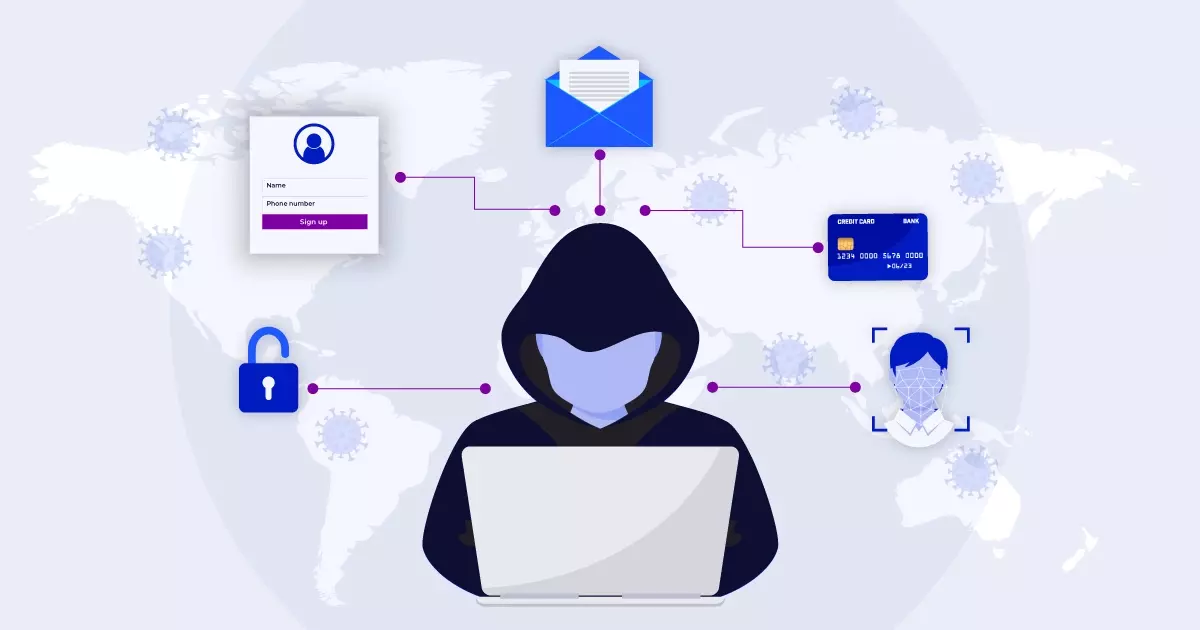
As adults who’ve grown accustomed to a mostly digital world, we’re now comfortable sharing seemingly innocuousÑand in some cases endlessÑdetails about our lives online.
A photo of our remodeled deck, the place where we had our last family outing, or our take on the latest Hollywood blockbuster or political scandal are posted for the world to consume on Instagram and FacebookÑwith just one push of a virtual button.
We are even okay with platforms selling our information to other businesses, as we reflexively click “I accept” when prompted to agree with the transaction. We hope and trust that the brands we use will protect us.
However, when our habitualÑand sometimes obsessiveÑsharing of our real lives in the digital landscape includes details about our children, the risks increase and the consequences are too close to home.
In addition to the physical safety concerns inherent in posting identifying details (name, date of birth, birthplace, and more) about children on public platforms, we could be building a digital identity for our children before they are even old enough to log on.
We are also providing bad actors the data they need to build synthetic identities to commit fraud and leave a trail of financial and reputational losses in their wake.
Table of Contents
What is sharenting?
The term Sharenting has been used over the years, including in Leah A. Plunkett’s Sharenthood: Why We Should Think before We Talk about Our Kids Online. The term describes parents who share information about their children online, in the form of photos and other details of daily activity and interests.
While sharenting is often an innocent activity, posting too many details about your children can cost much more than a few eye rolls from your Facebook friends. It can lead to fraud committed in your child’s name. In fact, according to Carnegie Mellon University, kids under the age of 18 are 51 times more likely to become victims of identity theft than their parents. And it’s a trend that’s only going to increase. Studies estimate that by 2030, two-thirds of ID fraud cases affecting children will be the result of sharenting.
Pandemic sharenting on the rise
Parents like to brag about their kids. It’s what we do. It’s usually harmless and is a natural way to connect with other parents and to keep the family up to date on important milestones and achievementsÑwhich for some parents seem to occur multiple times a day.
The pandemic increased the amount of time we spend online, as well as the volume of details we post about our personal lives. Our shared isolation led to an even greater desire to connect online and stay in touch with our circle of friends and family. Grandparents missing their grandchildren could watch their first steps via pictures and reels on Instagram. Not quite the real thing, but better than missing out completely.
When parents share (and overshare) details about their kids online, it can help relieve the stress of parenthood. The burden of long nights, dirty diapers, and constant commitments and activities is a bit lighter when shared with others, and the validation and shared experiences of others satisfies our human need for connection that the last couple of years denied.
Unwitting victims of sharenting
While sharing more of our lives on social media helps us stay connected and informed, sharenting can have serious consequences that can last a child’s lifetime. Cyber-bullying cases are well-publicized, and as such most parents are keeping a closer eye on their children’s social media accounts.
But let’s take a look at another way sharenting can negatively impact our kids both now and in their future.
Synthetic identity fraud
As we share more of our lives online, we sometimes disclose private information that we never intended to share, such as our child’s date of birth, the school they attend, or the locations they regularly visit. Of course, children also interact online in ways that can expose them to fraud risks too, such as through video games.
This exposure is often all it takes for a fraudster to target and exploit a child’s information for their own gain.
A common threat comes in the form of synthetic identity fraud, in which a combination of real and fake personal information is used to create a new identity. This fake “person”, which is constructed using pieces of data harvested from sharenting, then applies for lines of credit, takes out loans, and conducts large transactions.
This type of fraud is so prevalent because children are less likely to check to see if their information has been stolen, and they’re not likely to have a credit rating.
The victim usually doesn’t become aware of the fraud until years later once they’re old enough to use credit.
Finding the right balance between sharing and sharenting
For children today, the digital world is the only world they will ever know. It’s a part of almost every aspect of our lives, and the line between virtual and reality will likely be nonexistent in their lifetimes.
The solution to protecting their digital identities is not to shield them from technology, which may soon be impossible, if not already.
As with other cybersecurity best practices, the best offense is a solid defense. Fraudsters are crafty and well-funded, so we need to be smart about what we share onlineÑespecially information about our childrenÑand monitor our online usage and our credit for abnormal usage or unexpected changes.
We may not know exactly where technology will be in the next decade or so, but we do know that trust is the new currency. And customersÑeven the ones just learning to walk nowÑwill choose brands they believe will keep them safe and their data secure.
So, whether it’s the billions of personally identifiable posts that are shared to social media every day to the billions of breached personally identifiable information that are available on the dark webÑfraudsters have everything they need to commit identity theft at scale. Businesses need to take a proactive approach to protect their customers.
If you want to learn more about providing Continuous Trust⢠for your customers, chat with us today.


